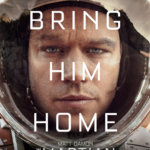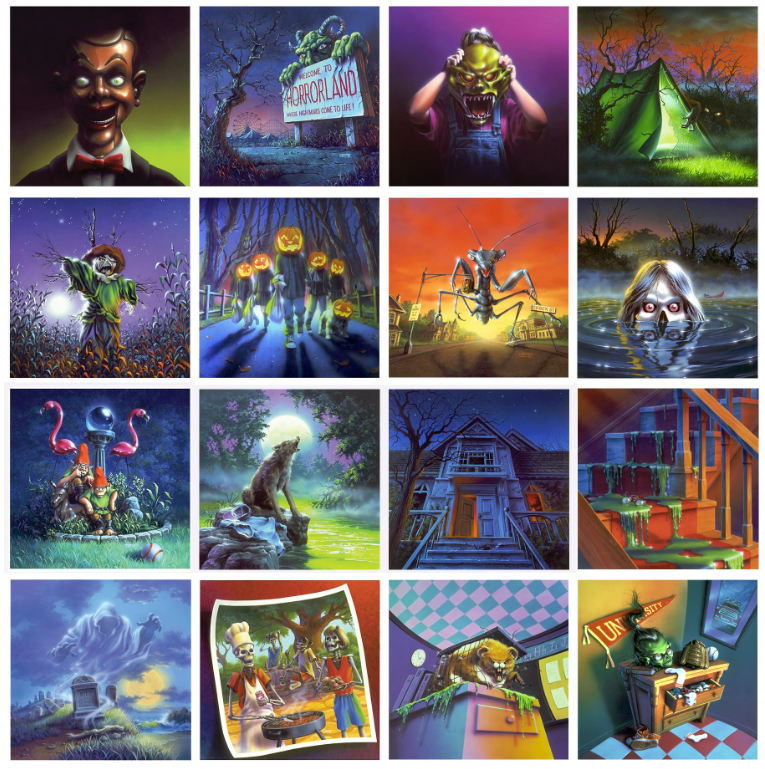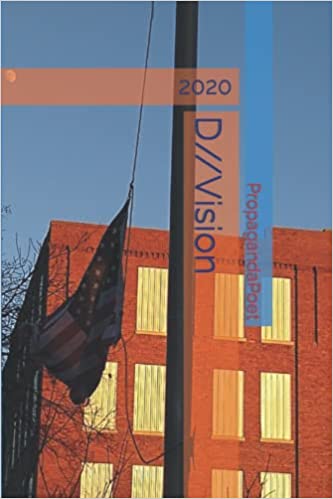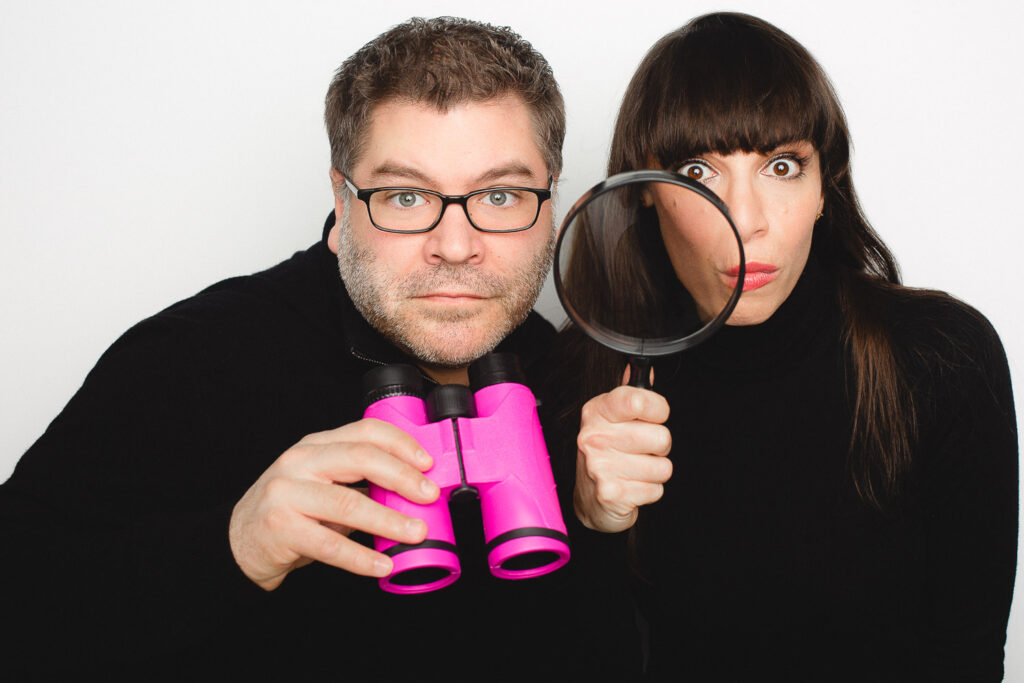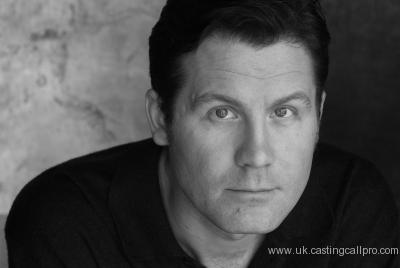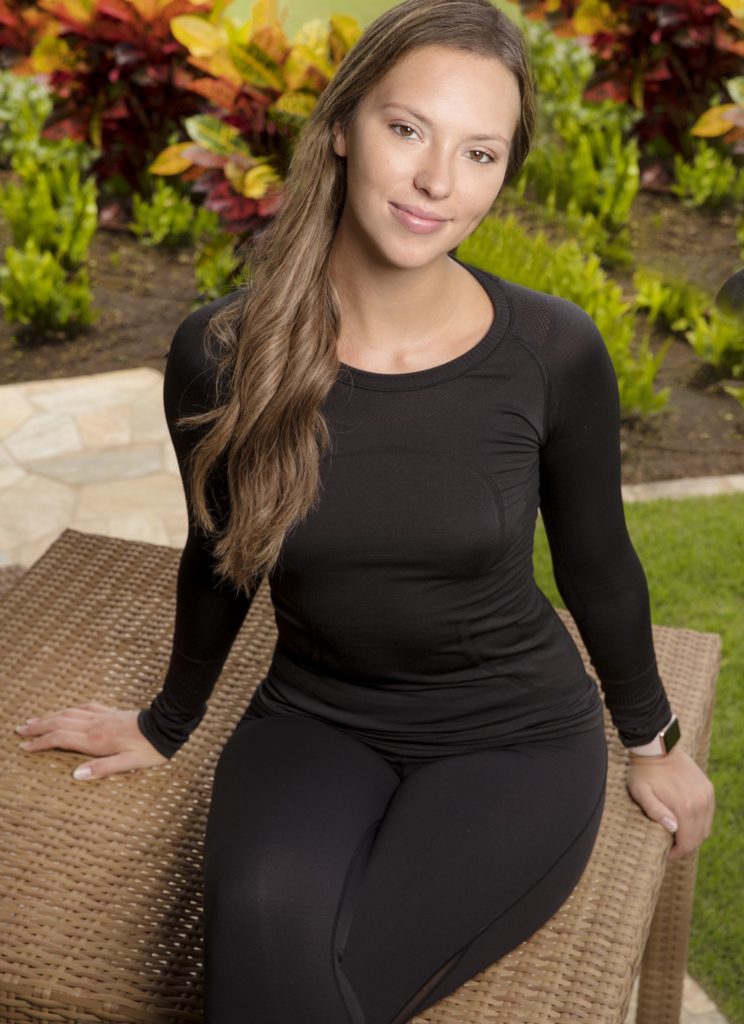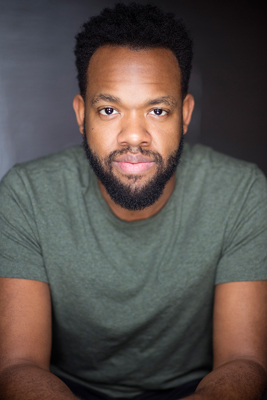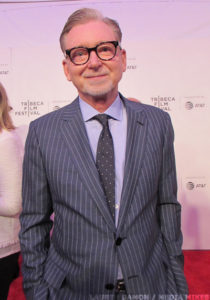How do you go about playing one of the most popular and successful women in rock and roll history night after night? If you’re portraying the title character in “TINA: The Tina Turner Musical,” you share the spotlight.
Due to the enormous amount of energy, both physically and vocally, expended over the course of nearly three hours and twenty-two songs, two very talented actresses share the role. While taking a break during their recent stop in St. Louis, both Ari Groover and Parris Lewis took a few minutes out of their busy schedule to speak with Media Mikes.
MIKE SMITH: Can you both tell us how you got the role of Tina Turner?
ARI GROOVER: I was actually fortunate enough to have been in the Broadway company (Ms. Groover played the role of Alline, Tina’s sister and also served as the Understudy for Tina). Because we were still dealing with the experiences of the Pandemic, I went on quite a bit. That allowed me to get in a lot of practice playing Tina Turner. I’m happy to be with the tour doing Tina full time and sharing the journey with Parris, who has a very similar story.
PARRIS LEWIS: My story is very similar to Ari’s. I didn’t start on Broadway but when the show closed and the tour started, I played Alline Bullock and covered Tina. I did that eight times a week and covered Tina whenever one of the “Tinas” were out. So with a whirlwind of a year playing both roles, like Ari I had a lot of experience. Although we had two “Tinas,” being on tour is hard. So whenever the young ladies were out, I was on, which was quite often. It afforded me the opportunity to improve so when the tour opened up for year two I was able to, kind of graciously, walk into it.
Ari GrooverMS: I saw Tina Turner many times in concert. Her last tour started here in Kansas City. She always put on such an amazing show. It must be exhausting to play her. Not only the musical numbers but, I’m sure the show also delves into the issues in her personal life. Emotionally, it must be a work out every night.
PL: Oh, yeah.
AG: It surely is.
MS: Is that why there are two of you?
PL: Not necessarily physical exhaustion. More for vocal health. It’s a beast of a show. We sing twenty-two, twenty-three songs in the span of three hours. It takes a toll, the wear and tear, on any artist. I think they decided that it would be best for the role to be shared. These were things that were learned before we got the tour. Touring is harder than sitting still somewhere. You’re constantly moving and lugging yourself. It gives the “Tinas” time to recoup, be it energy, physically or vocally. You get that chance to catch your breath.
MS: Ari, since you did do the show on Broadway, did you ever have the opportunity to meet Tina Turner?
AG: No, I didn’t get a chance to meet her because I joined the show a little bit later. Tina came to the show on opening night in October 2019 and I didn’t join the show until the first of the year in 2020. But she did keep in contact with most of her “Tinas” around the globe. Anybody that played her…she would send beautiful notes and messages. Though I have not met her, I have MET her.
MS: What led you both to pursue acting?
AG: Great question.
PL: Yeah, great question.
PL: For me it started through music. I was studying music as a young person, studying voice, whether it was chorale or classical, that was really where my journey began. Even as a young dancer, taking dance classes, you learn that you have to emote. It isn’t just a physical thing. And vocally, you have to be able to tell a story while singing. Through my transition from high school to college I really began to fall in love with seeking more outside of singing. I learned that acting really allowed a person to tell a story and show up. Also, being a young writer, I would write stories and poems and plays of my own.
Parris LewisAG: I’m very happy that my mom was able to surround me with the arts. She didn’t shy away from anything so I was exposed to different mediums as a kid. I’ve always had the “bug.” The funny thing is I really didn’t see myself performing in musical theater. Even when I got to college, I didn’t see myself doing musical theater. I actually went to school for visual arts and illustration because I wanted to do graphic novels or storyboards for animation. That’s where I thought I was going to go. Or I thought I’d be a backup dancer because that was one of the big things in Atlanta….music videos. That’s what I had in mind. I didn’t really put together that I was good at doing all three things. Though I had done plays and done musicals, I just really didn’t see myself on the great white way!
MS: Is there a dream role you’d like to play? Something you’d drop everything for if they called and said, “would you come play this”
PL: Would I drop everything? (laughs). I don’t know. It depends. It’s not just the role. There are so many things that come into play. In theater there are two roles that I’d love to play. One is an older role and the other is more current. One is Persephone in “Hadestown.”
AG: Oh my God, you’d be great in that!
PL: I love that show. It’s just so beautiful. I really would love to play Persephone. I would also drop things to play Aida in “Aida.”
AG: I get asked this question a lot, but I never know the answer. Sometimes I don’t know if it’s something that hasn’t been created yet, or if it’s something that I have to create. I don’t know what is the perfect dream role for me. I do think it’s something that hasn’t been created yet. Maybe it’s something that has to come from my mind.
